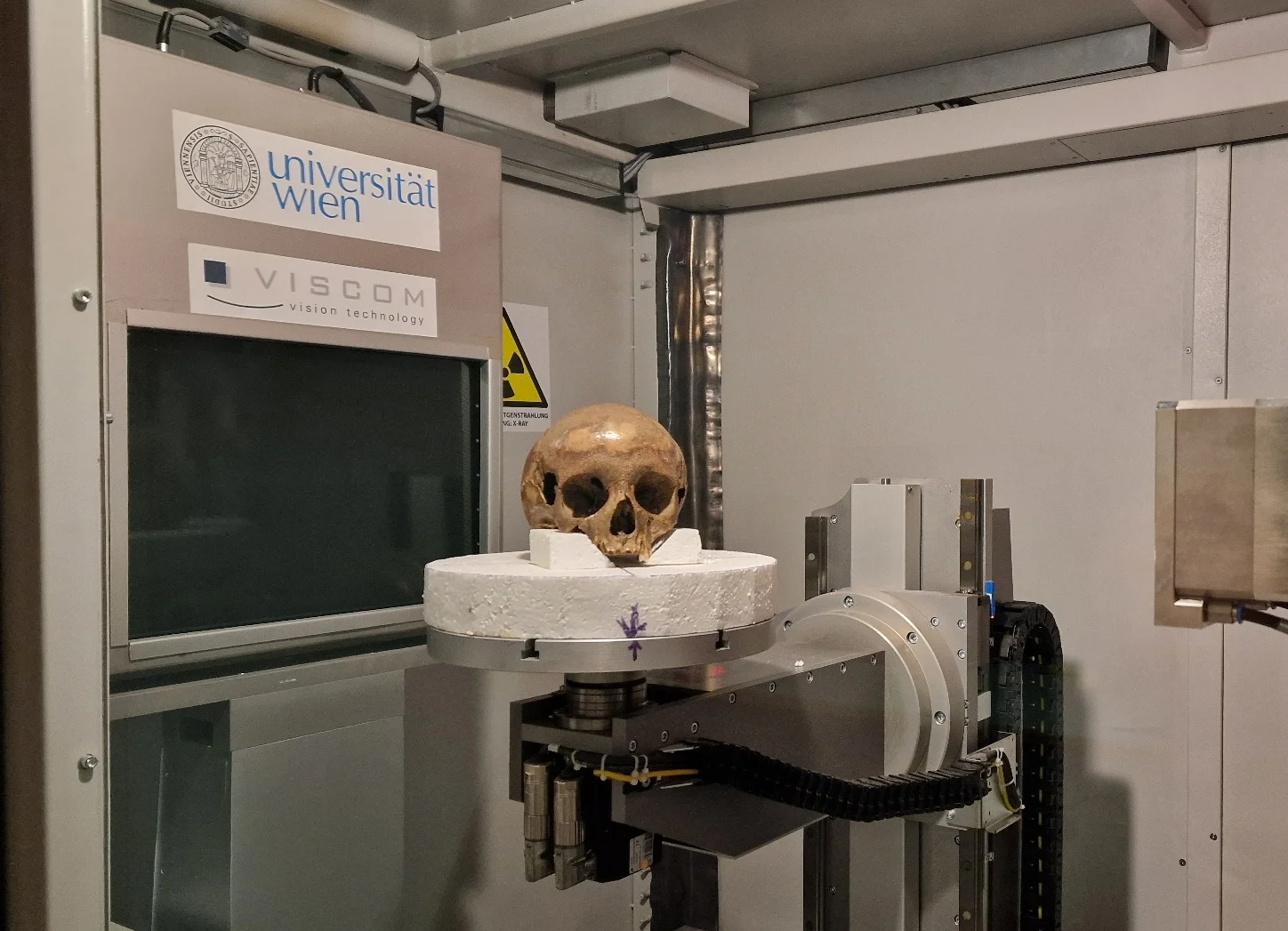A multidisciplinary team, led by anthropologist Gerhard Weber from the University of Vienna, has analysed a skull first unearthed in 1929 among the ruins of Ephesus, Turkey.
The skull was originally excavated by Austrian archaeologist Josef Keil in a water-filled sarcophagus within the “Octogon,” a grand structure on Ephesus’s main street. Further excavations in 1982 recovered the remaining skeleton in a niche of the tomb’s anteroom.
Architectural similarities between the Octogon and Egypt’s Pharos of Alexandria led to the speculation that the skull was Arsinoë IV, the youngest daughter of Ptolemy XII Auletes and sister or half-sister of Cleopatra VII.
Historical records support this hypothesis, as Arsinoë IV was exiled to the Temple of Artemis at Ephesus, where she was executed by orders of triumvir Mark Antony in 41 BC at the behest of Cleopatra.
Using advanced methods in evolutionary anthropology, archaeologists conducted micro-CT scans, radiocarbon dating, and a genetic analysis of the skull.
The study, published in Scientific Reports, concluded that the skull dates between 36 and 205 BC and belongs to a male, confirmed by the presence of a Y chromosome.
Furthermore, morphological studies concluded that the remains are a young boy aged between 11 to 14 years of age who suffered from developmental anomalies, including prematurely fused cranial sutures and significant jaw deformities, potentially caused by a vitamin D deficiency or genetic conditions such as Treacher Collins syndrome.
According to the study authors, this revelation not only closes the chapter on the Arsinoë IV theory, but also paves the way for new research into the tomb’s true occupant and the continued search for Arsinoë’s remains.
Header Image Credit : Austrian Academy of Sciences
Sources : Austrian Academy of Sciences – https://doi.org/10.1038/s41598-024-83870-x







